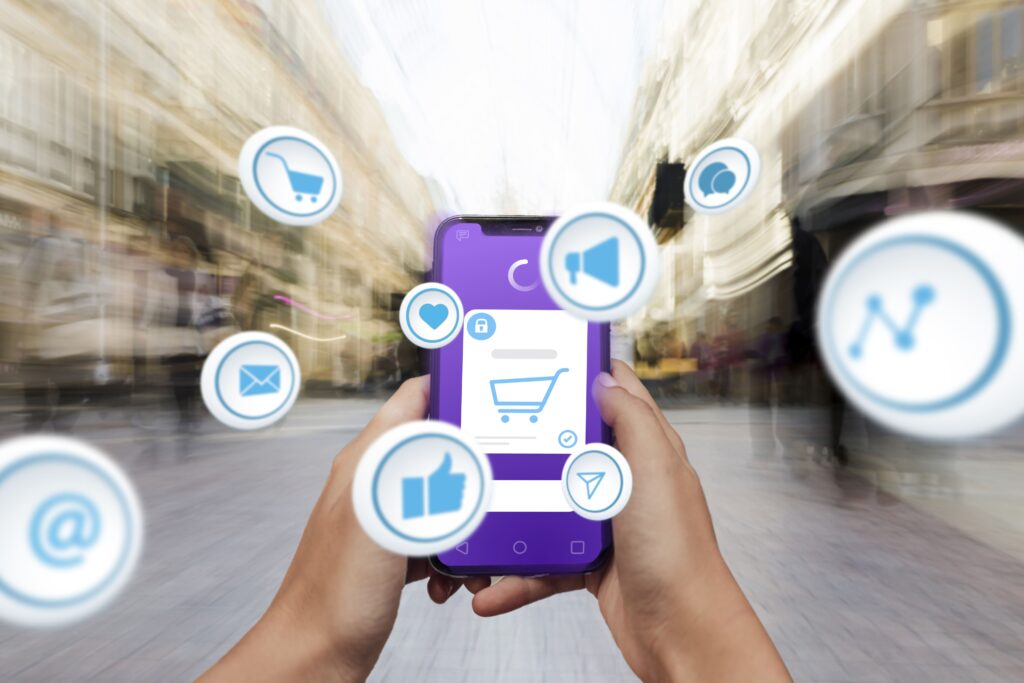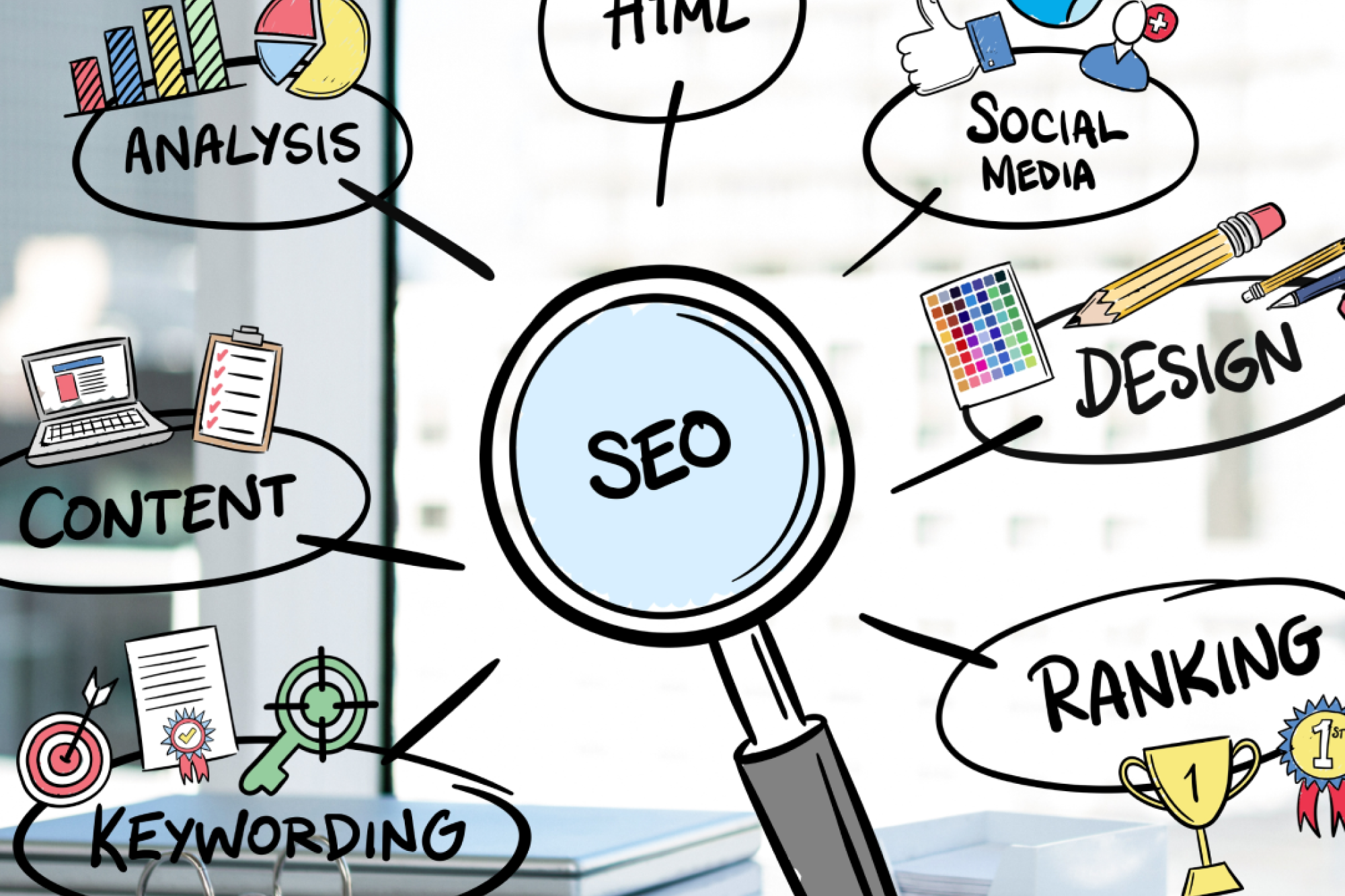In 2025, the way people shop for electronics has changed significantly compared to a few years ago. Consumers now find products using creator videos, augmented reality (AR), and social media recommendations, all from their phones, instead of search engines or in-store visits.
Platforms such as Snapchat, which recently published a report with Publicis Media and NRG highlighting how social media and immersive experiences are influencing electronics purchases worldwide, are spearheading this change.
However, more extensive research from companies like Deloitte and HubSpot demonstrates that these practices aren’t specific to a single app and are instead a part of a broader shift in how people research, evaluate, and purchase tech products. Understanding these shifts is essential for B2C companies, electronics manufacturers, and internet merchants to remain competitive in the digital-first market.
Social Media Is Powering The Growth Of The Consumer Electronics Market
In today’s time, digital discovery and peer influence on social media platforms are major factors driving the growth of the global consumer electronics market, which is expected to reach $1.1 trillion by 2029.
- 82% of consumers are more inclined to explore a brand if they see their social circle praising it. Peer-approved products inherently outperform the others. Hard selling is therefore not necessary. B2C brands that encourage user advocacy and customer engagement have a higher chance of generating conversions through social proof and word-of-mouth. Promote customer sharing and tagging to increase exposure naturally.
- 78% of respondents actively research popular topics and social buzz related to electronics. Be where the buzz is. By leveraging current trends, brands can maintain the cultural relevance and prominence of their brand. Brands can use real-time marketing and focus on hashtags, challenges, or viral posts related to their category to capitalise on this trend. It is recommended to quickly and genuinely join the discussion to increase the visibility of the brand.
- 79% of people find tech products on social media that they otherwise wouldn’t have tried. Action follows inspiration. Presenting the brand as a bold, novel discovery attracts the inquisitive consumer. Emphasise product storytelling by using reels, unboxing experiences, and brief videos that pique viewers’ interest and sense of discovery. Provide special features and illustrations along the way.
- According to 78% of respondents, social media is how they first learn about new products and brands. The internet is where the first impression begins. Making the brand debut captivating and narrative piques customers’ interests right away. Make use of eye-catching creative assets with emotionally compelling content and unambiguous messaging. Make an investment in innovative production that puts mobile-first formats first.
Broader industry view:
67% of online electronics brands currently devote more than 50% of their advertising budget to social media, per HubSpot’s 2025 State of Marketing report. This is consistent with the data from Snapchat and demonstrates that social media advertising is currently the main driver of growth in the consumer electronics industry.
How Creator Marketing For Tech Products Builds Customer Trust
In the current electronics industry, influencer marketing has emerged as a crucial trust signal for consumers. Particularly when making more expensive purchases like laptops, smartwatches, and entertainment systems, today’s audiences demand genuine viewpoints, interactive demonstrations, and tailored reviews.
- 75% of Snapchat users place equal trust in creator recommendations as they do in recommendations from friends or family. Working with creators can help B2C companies establish trust right away and expedite the purchasing decision process. Join forces with makers who know how to use and comprehend electronics. By reaching audiences that are more difficult to convert with traditional advertisements, their content helps your product gain credibility and feels like a friend’s recommendation.
- 81% specifically follow creators who recommend electronics. Tech-focused creators assist consumers in comprehending features and performance, resulting in more informed and secure purchases. Brands can present complex products in relatable and simplified ways by working with tech-focused creators. Within interesting video content, their content can highlight use cases, break down specs, and provide answers to frequently asked questions.
- As compared to non-Snapchatters, Snapchatters are 1.8 times more likely to follow creators for tech reviews. This makes it possible for brands to collaborate with specialised influencers who already resonate with their target market. A more focused audience is provided by niche creators, increasing engagement and conversion rates. Reaching high-intent consumers in the electronics niche by collaborating with influencers is a wise move.
In the Industry:
According to the 2025 Influencer Marketing Hub report, tech products are a top-performing vertical, with brands making almost $6 for every $1 invested in influencer campaigns. This demonstrates that creator-led marketing is not only successful but also extremely lucrative.
Why Augmented Reality In E-commerce Builds Confidence To Buy
Online electronics shopping has become less guesswork thanks to augmented reality shopping experiences. Customers can see their purchase in real time with AR, whether they are trying on wearables or seeing how a speaker will fit in a space.
- According to 77% of respondents, AR encourages them to try new products. Allowing users to see how a speaker fits in their room or how a smartwatch appears on their wrist encourages them to explore. Interactive product previews that make things come to life are something that brands must provide. These encounters increase familiarity and lessen hesitancy among first-time purchasers.
- 75% of people use AR features to find new tech products. AR is more than just a gimmick; it facilitates the visual and useful introduction of new products. Lead customers further into the product catalogue by utilising augmented reality. Adopt individualised augmented reality experiences to recommend additional products that fit their needs after they have tried one.
- 74% of consumers feel more comfortable making purchases of electronics when they can see them in augmented reality. This assurance lowers uncertainty and raises the likelihood that a purchase will be made. On product pages, include virtual “try-before-you-buy” tools. The likelihood that a buyer will commit increases with their level of knowledge and confidence.
- 71% of people who have viewed items in AR are less likely to return them. Reduced returns translate into happier clients and higher profit margins for your company. Lowering returns lowers logistics expenses while increasing customer satisfaction. Revenue and retention can both benefit from integrating AR into the customer journey.
The Industry as a whole:
According to Shopify’s 2025 Future of Commerce Report, augmented reality (AR) can boost conversion rates by up to 94%, particularly for technical products. Because of Snapchat’s excellent research, augmented reality is essential for any e-commerce electronics company.
The Social + AR Funnel: From Discovery To Purchase In One Flow
In 2025, social media is where the e-commerce sales funnel starts and finishes. These days, social media platforms help consumers find products, learn about them, make decisions, and even check out all in one smooth process.
Highlights of the Snapchat report:
- Due to the ease of online shopping, 83% of Snapchat users claim to make more purchases. To meet customer expectations, make sure the links on the website or store load rapidly and are responsive. Pay attention to quick load times and mobile-first design. To cut down on friction, incorporate comparison tools, product reviews, and streamlined checkout procedures.
- Platforms that allow users to browse, research, and purchase all in one location are preferred by 92% of users. By including direct shopping options in social media posts and advertisements, brands can streamline their funnel. Reduce drop-offs by implementing seamless redirects, one-click checkout, and in-app purchases. Remove any additional steps that exist between interest and purchase.
- 60% buy products based on advertisements or brand posts. The content should have clear calls to action and be easy to purchase, in addition to being educational. Make use of visually appealing posts that include ratings, product highlights, and obvious calls to action like “Shop Now” or “Try in AR.” Verify that each asset is made to convert.
- 63% of purchases are made via links that friends or family have shared. Promote sharing with social incentives, time-limited offers, or referral schemes. Encourage the audience to support you. Provide incentives for brand-tagged UGC posts or referrals.
Wider funnel trends:
Statista projects that by 2026, social commerce sales will surpass $2 trillion, with electronics emerging as one of the best-performing categories. Snapchat’s data proves that the future of buying tech is happening inside apps, end-to-end.
How User-Generated Content In Tech Boosts Brand Loyalty
Did you know that one of the most effective post-purchase tools is customer content? User-generated content (UGC), such as reviews and unboxings, keeps consumers interested and fosters trust with potential buyers.
- After making a purchase, 76% of consumers follow the brand. Ensure the brand is at the forefront of consumers’ minds with interesting content, updates, and special deals for loyal clients. Utilise product updates, tutorials, and social stories to inform and retain customers. Reward loyal customers with loyalty rewards.
- 71% use social media to share their opinions. By hearing this feedback and reacting to it, brands demonstrate openness and foster enduring trust. Provide organised channels for consumers to provide feedback, and publicly address both compliments and grievances. It increases credibility and demonstrates your concern.
- After purchasing new electronics, 72% share photos of them online. Promote this through community reposts, competitions, and hashtags to establish a social proof loop. Use actual clients in your social media posts and marketing collateral. UGC increases genuineness and invites more people to participate in the discussion.
Industry-wide viewpoint:
UGC can boost conversions by up to 144%, according to Bazaarvoice. Snapchat’s observations support the idea that buyers of contemporary electronics do more than simply consume; they also contribute.
How MetroMax BPM Helps Electronics Brands Win In A Social + AR World
At MetroMax BPM, we create integrated strategies that function on today’s connected platforms to help retailers, online brands, and electronics companies thrive.
What we provide:
- Content production and social media campaign planning for electronics companies.
- Influencer and creator collaborations based on product objectives.
- Shopify, Salesforce, Snapchat, Meta, and other funnel optimisation.
- Comprehensive reporting, analytics, and strategy modifications to scale your expansion.
Conclusion
Your future clients are on social media, sharing their thoughts, testing products in augmented reality, and watching product demos. You’re losing out if your brand isn’t included in that experience. Your company can lead the next wave of consumer electronics sales by implementing creator marketing, augmented reality e-commerce, and creating smooth digital sales funnels.














